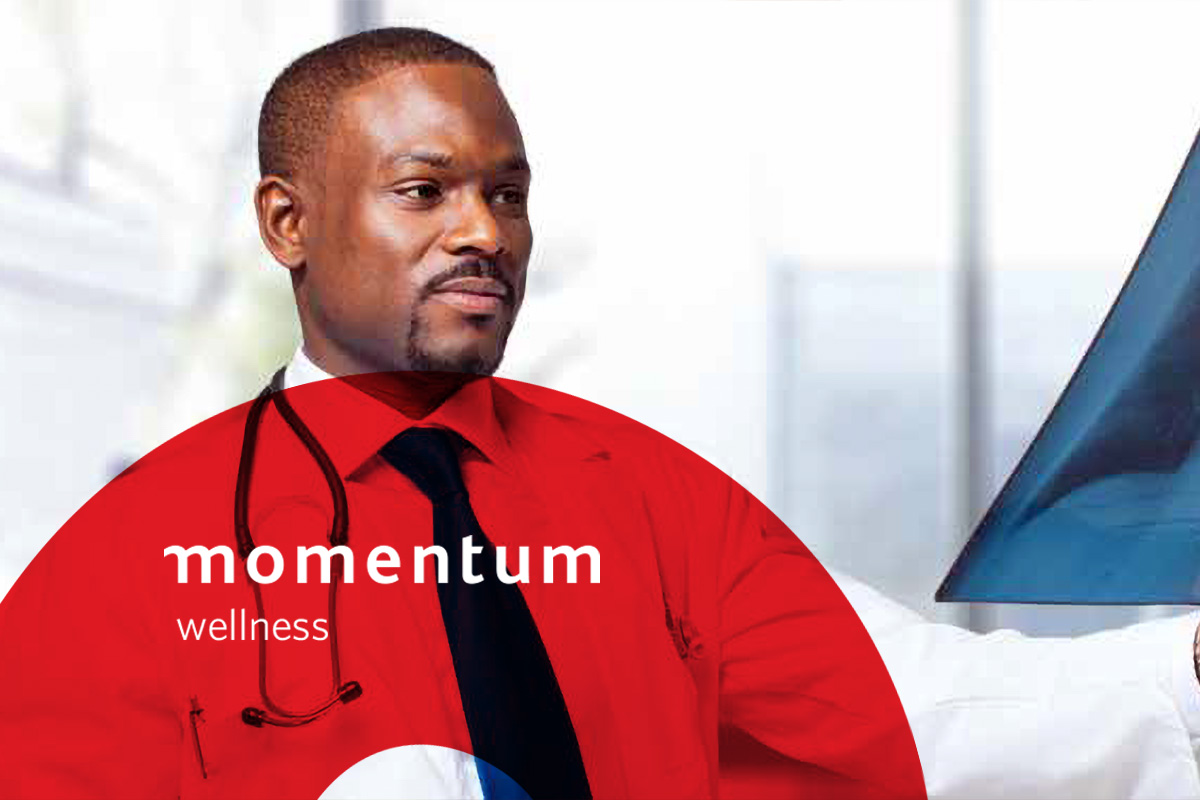Road To Wellness
Tuberculosis
Tuberculosis (TB) is caused by bacteria (Mycobacterium tuberculosis) that commonly affects the lungs. However, it can affect any part of the body, including the glands, bones and nervous system.How is TB spread?
TB that affects the lungs is the most contagious type, but it usually only spreads after prolonged exposure to someone with the illness. TB is spread from person to person through the air. When people with lung TB cough, sneeze or spit, they propel the TB germs into the air. A person needs to inhale only a few of these germs to become infected.
In most healthy people the immune system (the body’s natural defence against infection and illness) kills the bacteria and you have no symptoms.

Sometimes the immune system cannot kill the bacteria, but manages to prevent it spreading in the body. This means you will not have any symptoms, but the bacteria will remain in your body. This is known as latent TB. If the immune system fails to kill or contain the infection, it can spread within the lungs or other parts of the body, and symptoms will develop within a few weeks or months. This is known as active TB.
Latent TB could develop into an active TB infection at a later date, particularly if your immune system becomes weakened.
Who is at risk of contracting TB?
People infected with TB bacteria have a lifetime risk of 10% of falling ill with TB. However, persons with compromised immune systems, such as people living with HIV, malnutrition or diabetes, or people who use tobacco, have a much higher risk of falling ill.
What are the symptoms of TB?
While latent TB is symptomless, the symptoms of active TB include the following:
- Coughing, sometimes with mucus or blood
- Chills
- Fatigue
- Fever
- Loss of weight
- Loss of appetite
- Night sweats
Tuberculosis usually affects the lungs, but can also affect other parts of the body. When TB occurs outside of the lungs, the symptoms can vary accordingly. Without treatment, TB can spread to other parts of the body through the bloodstream:
- TB infecting the bones can lead to spinal pain and joint destruction
- TB infecting the brain can cause meningitis
- TB infecting the liver and kidneys can impair their waste filtration functions and lead to blood in the urine
- TB infecting the heart can impair the heart’s ability to pump blood, resulting in a condition called cardiac tamponade that can be fatal
How can you prevent contracting TB?
Active tuberculosis (TB) is very contagious. The World Health Organisation estimates that one-third of the world’s population is infected with the bacteria that causes TB.
To avoid getting an active TB infection:
Exposure to infected persons
- Do not spend long periods of time in stuffy, enclosed rooms with anyone who has active TB until that person has been treated for at least 2 weeks.
Protective gear
- Use protective measures, such as face masks, if you work in a facility that cares for people who have untreated TB.
Treatment
- If you live with someone who has active TB, help and encourage the person to follow treatment instructions, to become healthy.
How do you treat TB?
TB is detected by the following methods:
- Chest X-ray
- Blood tests
- A skin test called the Mantoux test
TB treatment includes:
A course of antibiotics
- Usually for six months. Several different antibiotics are used. This is because some forms of TB are resistant to certain antibiotics.
- If you are infected with a drug-resistant form of TB, treatment can last as long as two years.
Tuberculosis BCG vaccine
This can provide effective protection against TB in up to 8 out of 10 people who it is given to. It is recommended for groups that are at a higher risk of developing TB such as:
- Children living in areas with high rates of TB
- Those who have close family members from countries with high TB rates
- People under the age of 16 who are going to live and work with local people in an area with high rates of TB, for more than three months
Many medications used to treat active tuberculosis have side effects that can make it difficult to eat well. With some drugs, you could:
- Lose your appetite
- Feel nauseated
- Vomit
- Experience abdominal cramping
You can’t stop taking your TB drugs, so instead talk to your doctor about what you can do to help eliminate side effects.
TB, healthy living and choices
Make every effort to give your body the nutrition it needs to maintain a healthy weight and build up strength to destroy the tuberculosis bacteria and reduce your risk of a relapse. Eating a varied, healthy diet, and staying away from unhealthy habits, will help you feel better, faster.
To give your body the vitamins, minerals, and other nutrients it needs to fight active tuberculosis and regain your strength and stamina, you need to eat a diet containing a variety of healthy foods, such as:
- Leafy, dark-coloured greens like kale and spinach, for their high iron and B-vitamin content
- Plenty of whole grains, like wholewheat pastas, breads, and cereals
- Antioxidant-rich, brightly coloured vegetables, such as carrots, peppers, and squash, and fruits, like tomatoes, blueberries, and cherries — think of buying produce in a full rainbow of colours
- Unsaturated fats like vegetable or olive oil, instead of butter
As is always the case for good health, there are certain foods you shouldn’t eat and substances you shouldn’t use.
- Skip tobacco in all forms
- Don’t drink alcohol — it can add to the risk of liver damage from some of the drugs used to treat your TB
- Limit coffee and other caffeinated drinks
- Limit refined products, like sugar, white breads, and white rice
- Avoid high-fat, high-cholesterol red meat and instead load up on leaner protein sources like poultry, beans, tofu, and fish
REFERENCES


